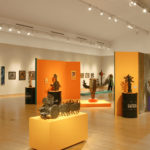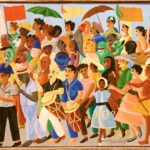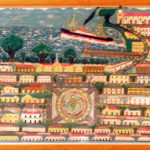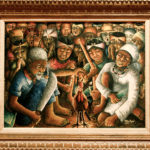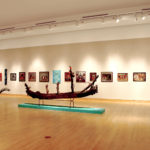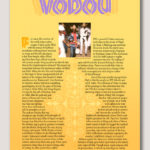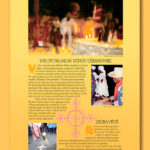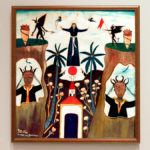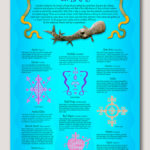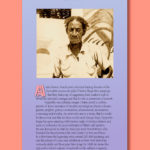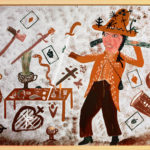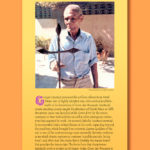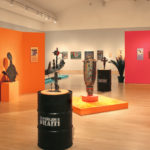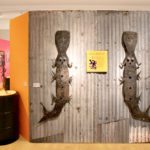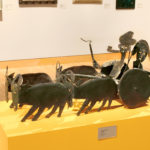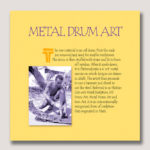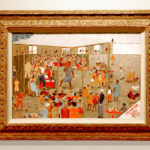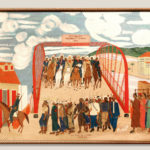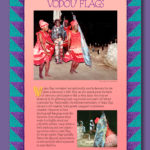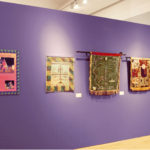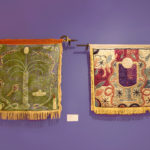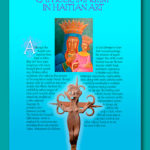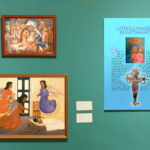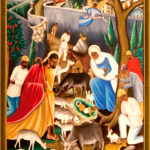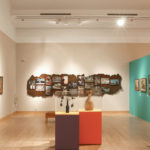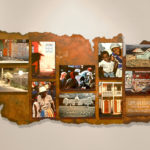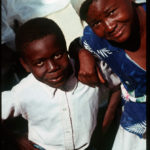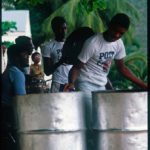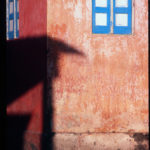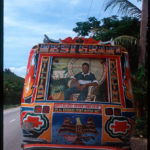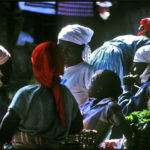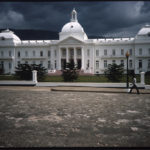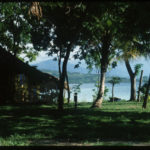Haiti: Where Spirits Dance
“Haiti: Where Spirits Dance”
Selected Works from a Private Collection
CURATED BY CARINE FABIUS
|
|
Museum at California Center for the Arts, Escondido
340 N. Escondido Boulevard, Escondido, CA 92025
November 4, 2005 – February 12, 2006
Exhibit Design by Paul Johnson
Photography by Pascal Giacomini
|
| Introduction |
Haiti: Where Spirits Dance is a powerful exhibition of rare, early, and some never-before-seen paintings, sculptures. and Vodou flags by Haiti’s self-taught masters, including Hector Hyppolite, Georges Liautaud, and Philomé Obin.
The title refers to the lwas (or spirits) of Haiti’s folk religion, Vodou, as well as to the spirit of the Haitian people, who have for 200 years resisted and survived the stranglehold of political corruption and poverty.
Although Vodou (commonly spelled Voodoo in the U.S.) is shrouded in mystery and trepidation — mostly due to false Hollywood depictions — it is simply a religion in which a large family of gods and goddesses are worshipped for the blessings they can bring into a practitioner’s life. It is practiced by a majority of the population, alongside Catholicism. Haiti’s other national religion. Vodou is a theme that runs through most of the artworks depicted in this exhibition.
Haiti consistently produces more art than any other island in the Caribbean—its strong art history is renowned throughout the world. And in the face of another oft-quoted statistic — that it is the poorest country in the Western hemisphere — the obvious question is, Why? Or How? This exhibition attempts to provide the answer by offering a glimpse of the spirit that drives the island’s artists to continue creating the dazzling legacy of Haiti’s rich culture.
The artworks featured in this exhibition come from a private collection.
|
|
Take a Virtual Tour of the Exhibit!
|

